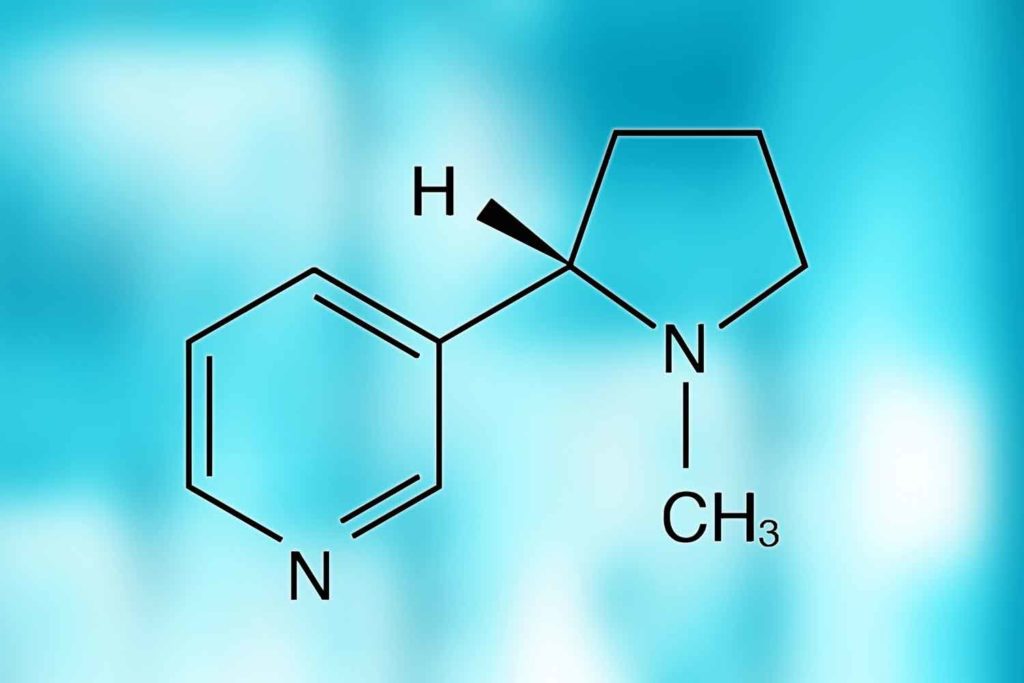Beyond Tobacco Harm Reduction
- Also in TR Clive Bates Print Edition
- April 1, 2023
- 0
- 10 minutes read


To see clearly into the decades ahead, we need to rethink nicotine.
By Clive Bates
There is no doubt that tobacco harm reduction is a powerful and effective public health strategy. It takes the widely understood public health concept of harm reduction (see drugs, alcohol, HIV and so on) and applies it to the enormous burden of harm created by smoking. We already have enough science and experience to know that this strategy works. Two conditions must be met: (1) The new noncombustible nicotine products must be much less risky than smoked products; (2) these low-risk products must displace the high-risk combustible products. Let us briefly consider these two questions.
Are the noncombustible products much less risky? We know from biomarker data and considerable additional supportive evidence that noncombustible nicotine products are, beyond reasonable doubt, much less dangerous than smoking. There should be no serious dispute about this. Though some activists stress long-term uncertainties in risk, those are as likely to turn out to be negligible as to turn up unwelcome surprises. The simpler and more controllable chemistry of the smoke-free products will allow for regulation and product modifications if risks do ultimately emerge. Though there are studies showing various effects on the body, there is little to suggest that these amount to material risks. The human body is not defenseless: World-famous epidemiology shows that regular smokers who quit before age 40 avoid nearly all the long-term mortality impacts. That is not intended as a recommendation to smoke for 25 years but to apply some perspective to the much lower exposure from noncombustible products.
Do the low-risk smoke-free products displace the high-risk combustible products? There is now a wealth of triangulating evidence from multiple sources showing that noncombustible products can and do displace combustibles. The most persuasive evidence is the experience of snus in Scandinavia. In Sweden and Norway, smoking has become marginalized on average and has dwindled to very low levels among younger age groups. Nicotine use, however, remains typical of other European countries. The Cochrane review assessed 78 studies, including 40 randomized controlled trials, and concluded in November 2022, “There is high‐certainty evidence that [e-cigarettes] with nicotine increase quit rates compared to NRT [nicotine-replacement therapy].” Population trend data shows an accelerated decline in smoking coinciding with the rise of vaping. Quasi-experimental studies compare the effects of price and regulatory differences to show that e-cigarettes function as economic substitutes for cigarettes.
In one sense, we are advancing well on tobacco harm reduction; we know it works, and there is potential to avoid millions of premature deaths. But we could be doing much better. The main barrier to deeper and faster worldwide progress is dogmatic resistance from misguided tobacco control activists, reflexive hostility from public health agencies and regulators, pervasive misinformation about risks and a blizzard of negative media coverage driving a moral panic about adolescent vaping. As I have argued, many tobacco control interests need tobacco or nicotine use to be harmful or they lose their purpose, prestige and money. If there is no harm to address or abusive corporations to thwart, there is little point in their work. Tobacco harm reduction directly threatens their interests, and they have responded accordingly.
So why do we need to move “beyond harm reduction,” as I suggest in the title above? Why do we need to “rethink nicotine”? The answer is that tobacco harm reduction is an unsatisfactory and incomplete framework for understanding the direction and destination of the consumer nicotine market. Without a rethink of nicotine, the rancorous arguments will continue.
Harm reduction implies that there must be harm to reduce. It suggests that reducing harm is the underlying justification for allowing the availability of reduced-risk nicotine products. That tends to focus attention on the benefits of the product-switching choices of existing smokers. But also, it classifies the uptake of nicotine products by current nonusers, whether adults or adolescents, as problematic and a basis for justifying restrictions or prohibitions designed to curtail use. The United States Tobacco Control Act embodies this idea through its public health standard: New nicotine products seeking premarket tobacco authorization must be evaluated as “appropriate for the protection of public health” (see Section 910(c)(4)).
Implicit in this view is that no one wants to use nicotine, and new smoke-free products should function as a souped-up smoking cessation aid for which there would be little justification without smoking.
But no one thinks of other common psychoactive substances in this way. At the launch of a new craft beer, does anyone ask, “is this appropriate for the protection of public health?” Of course they don’t—it’s beer! We do not agonize over routine and perhaps compulsive morning caffeine consumption because we are not concerned about dying from coffee-related diseases. Increasingly, legislators recognize that cannabinoids are widely used and that society would be better off if these were regulated and taxed rather than outlawed.
The critical concept in rethinking nicotine and going beyond tobacco harm reduction is the demand for nicotine. Is this demand really involuntary and just driven by addiction? Or do people experience real or perceived benefits that create the demand? Nicotine has been found to improve certain cognitive functions, including attention, memory and processing speed. It can temporarily increase alertness and focus, making users feel more mentally sharp. Nicotine stimulates the release of neurotransmitters, which can help regulate mood, helping users feel more relaxed, feel less anxious or experience an improved sense of well-being. Some evidence suggests that nicotine may have potential therapeutic benefits for conditions such as Parkinson’s disease, attention deficit hyperactivity disorder, schizophrenia and other conditions. For those seeking scientific citations, a fully sourced list is available via the Safer Nicotine Wiki, an outstanding living library curated by tireless citizen scientists.
How does our approach change if we accept that, at least for some people, nicotine provides functional benefits or even just a pleasurable sensation that they enjoy? If we look beyond the harm reduction approach to smoking, we must address the consumer demand for nicotine as a recreational stimulant. Once we recognize a demand for the product, we need to have a mature conversation about how this demand will be met in the future. The attempt to control demand by prohibiting supply has never been a conspicuous success. There are many reasons why lawful and regulated products are better for consumers and wider society than nurturing an informal or criminal supply chain via prohibitions.
The future of the nicotine market is becoming much clearer now: Consumer nicotine will be available through a range of noncombustible nicotine products, including vapes, oral nicotine and heated or smokeless tobacco. The regulatory challenge shifts from harm reduction to making nicotine products available that may have minor risks but fall within the normal societal tolerance for risk. Instead of asking, “is this appropriate for the protection of public health?,” in the future, we would ask, “are the risks associated with this product acceptable for recreational nicotine use?” Our approach to adolescent nicotine use would more closely resemble our approach to alcohol: measures to discourage use and restrict sales, but not a moral panic.
The evolving demand curve for nicotine is complicated by both the harms of smoking and the dependence-forming properties of nicotine. The great harms of smoking and the pressures of the policies, such as taxation, to reduce smoking have suppressed the demand for nicotine. That is changing. When nicotine can be used with minimal risk, then it is likely that latent demand will be released. People who would have otherwise been deterred from using nicotine by the harms and stigma of smoking may be inclined to try nicotine in much safer forms.
In formal definitions, such as the Addiction Ontology’s, a dependence becomes an addiction only when there is “serious net harm.” Addiction is defined as “A mental disposition toward repeated episodes of abnormally high levels of motivation to engage in a behavior, acquired as a result of engaging in the behavior, where the behavior results in risk or occurrence of serious net harm.”
The inclusion of serious net harm is to limit the definition to conditions “that merit a treatment and public health response.” But what if there is no serious net harm? It follows that there should be far less public health concern about nicotine use.
To move beyond harm reduction, we need to recognize that the demand for nicotine runs deeper than the demand for smoking and will outlive cigarettes. Then the challenge is to develop a regime that allows for nicotine products with acceptable risk and to be lawfully available to those who wish to use them. Despite the dogmatic rear-guard action of tobacco control activists, traditional tobacco control is being steadily overtaken by the strategy of tobacco harm reduction. But tobacco harm reduction is an interim stage in the evolution toward a full rethink of the place of nicotine in society. To see the pathway to the future of nicotine, it is essential to look out toward the destination.

